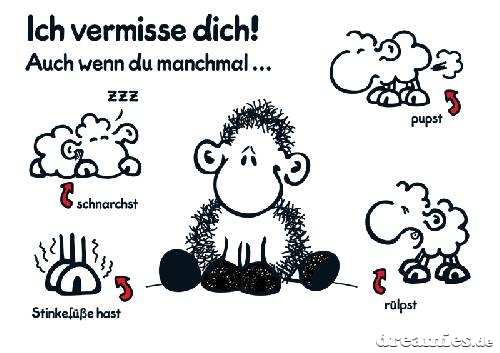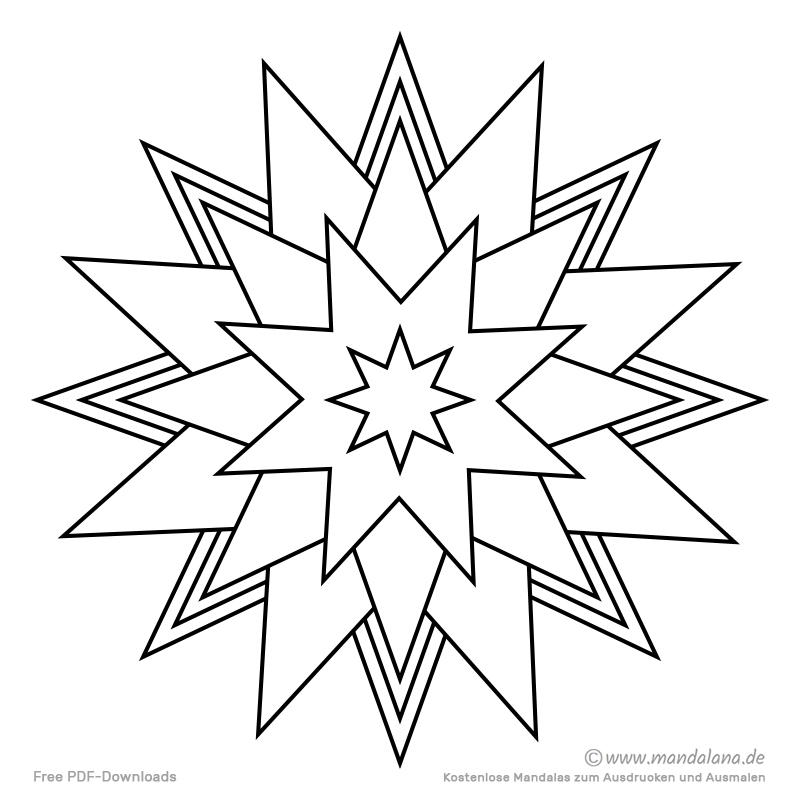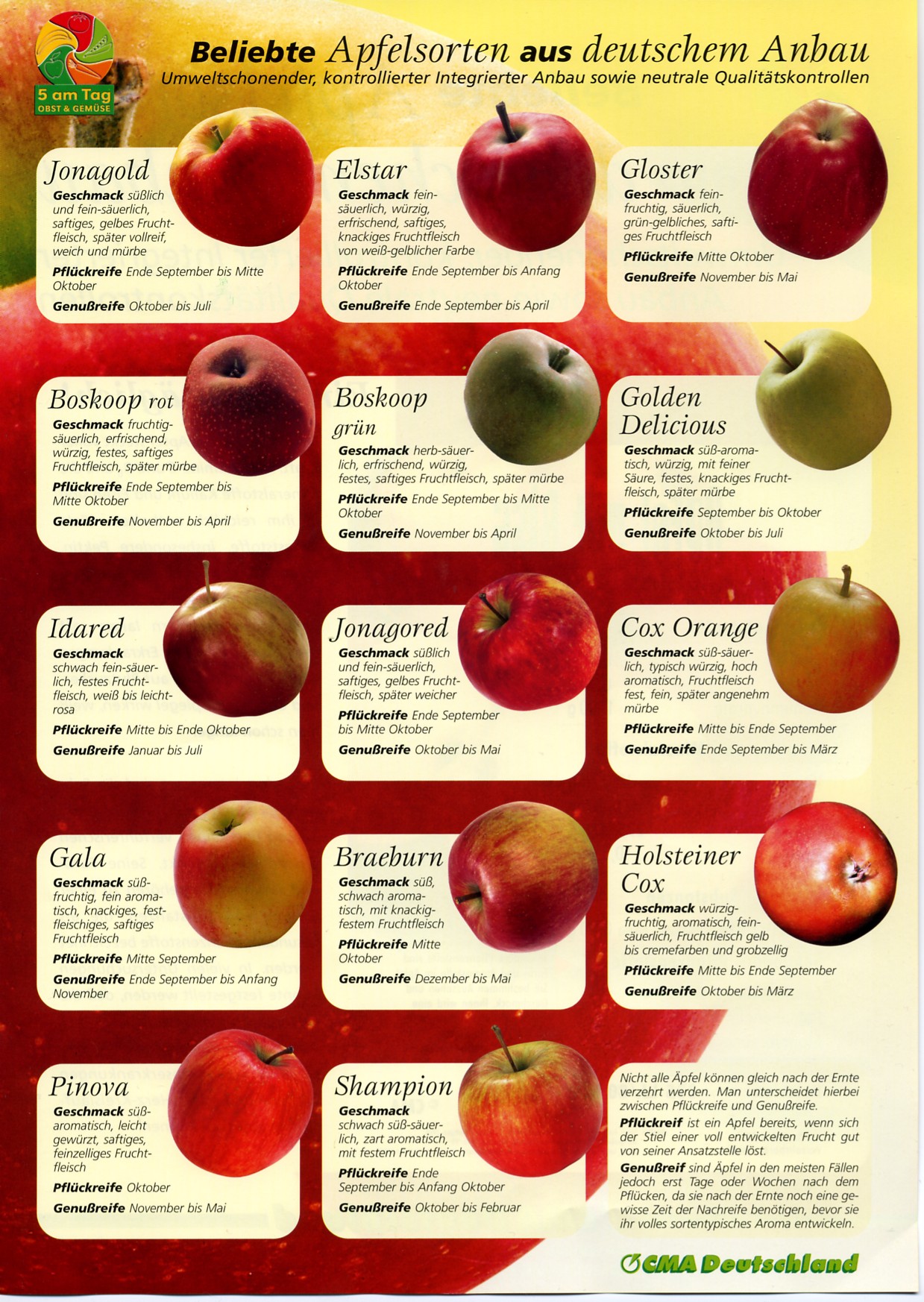Your What does honey fungus look like images are ready. What does honey fungus look like are a topic that is being searched for and liked by netizens today. You can Get the What does honey fungus look like files here. Find and Download all free photos.
If you’re searching for what does honey fungus look like images information related to the what does honey fungus look like topic, you have visit the right blog. Our site always provides you with hints for seeking the maximum quality video and image content, please kindly hunt and find more enlightening video articles and graphics that fit your interests.
What Does Honey Fungus Look Like. 1 6 To check whether a plant is infected with honey fungus peel away the bark at the base. Taking its name from its unique yellow color the honey mushroom is a type of fungus that parasitically survives on trees. Infected leaves have a faint indistinct spot on the upper leaf surface and a white to off-white powdery growth on the lower surface. The cap flesh is white and firm.
 Beschreiben Ich Versuche Es Diese Weisheit Ist Zutreffend Aber In Gewissen Themen Momenten Auch Schwi Weisheiten Lebensweisheiten Spruche Weisheiten Spruche From pinterest.com
Beschreiben Ich Versuche Es Diese Weisheit Ist Zutreffend Aber In Gewissen Themen Momenten Auch Schwi Weisheiten Lebensweisheiten Spruche Weisheiten Spruche From pinterest.com
As it ripens the color of the honey mushroom changes to. Look for yellowish-brown mushrooms growing in clusters at the base of your tree or around your trees roots. The overall appearance of honey fungi Armillaria mellea is that of a crowded cluster of yellowish-brown or brownish-colored mushrooms growing at the base of trees and around them. In autumn fruiting bodies appear above ground. There is no cure for nectria canker so it is. And the colour ranges from honey-yellow to red-brown with a darker area near the centre.
A To identify honey fungus look for white growths under the bark bootlace-like threads in the soil plant dieback and in autumn the honey-coloured toadstoolsSheets of white or creamy-white paper-like growths underneath the bark of an affected tree or shrub can be seen clearly when the bark is pared off.
And the colour ranges from honey-yellow to red-brown with a darker area near the centre. Then you will notice white to cream honey-coloured growths of the Honey Fungus appearing in the soil around the base of the plant tree - see the above picture. How do you treat Nectriaceae. Die-back pale foliage an absence of flowers bleeding and cracking bark and eventual death. Slim caramel-coloured toadstools that emerge from the. Sheets of white or creamy-white paper-like growths underneath the bark of an affected tree or shrub can be seen clearly when the bark is pared off.
 Source: pinterest.com
Source: pinterest.com
Their caps range from different shades of brown to yellowish in color. If your honey has fermented to the point of spoilage it will smell bad look cloudy and taste terrible. Pityrosporum folliculitis Below are pictures of fungal acne or more properly called pityrosporum folliculitis. The fungus will most often be found along the veins and midribs of the leaf. Infected leaves have a faint indistinct spot on the upper leaf surface and a white to off-white powdery growth on the lower surface.
 Source: pinterest.com
Source: pinterest.com
Usually concentrates extra oily body parts like the chest back and the T-zone. As it ripens the color of the honey mushroom changes to. Honey mushrooms with wavy edges are straw-colored dirty yellow or dark brown in color. Theres usually a distinct white ring around their stems and when in peak condition they have flat tops. Sheets of white or creamy-white paper-like growths underneath the bark of an affected tree or shrub can be seen clearly when the bark is pared off.
 Source: pinterest.com
Source: pinterest.com
AUTUMN is the one time of the year when you are likely to see the fruit of honey fungus. If your honey has fermented to the point of spoilage it will smell bad look cloudy and taste terrible. In autumn fruiting bodies appear above ground. Sheets of white or creamy-white paper-like growths underneath the bark of an affected tree or shrub can be seen clearly when the bark is pared off. A To identify honey fungus look for white growths under the bark bootlace-like threads in the soil plant dieback and in autumn the honey-coloured toadstoolsSheets of white or creamy-white paper-like growths underneath the bark of an affected tree or shrub can be seen clearly when the bark is pared off.
 Source: pinterest.com
Source: pinterest.com
Usually concentrates extra oily body parts like the chest back and the T-zone. No comedones hair follicles present. What does honey fungus look like. The cap measures anywhere from 5 to 15cm in diametre. As it ripens the color of the honey mushroom changes to.
 Source: pinterest.com
Source: pinterest.com
The fungus will most often be found along the veins and midribs of the leaf. What does honey fungus look like. Honey fungus is typically of a honey colouration although individual caps can vary with darker. The fungus will most often be found along the veins and midribs of the leaf. Taking its name from its unique yellow color the honey mushroom is a type of fungus that parasitically survives on trees.
 Source: pinterest.com
Source: pinterest.com
What does a canker look like on a tree. What does honey fungus look like. Others are parasitic killing trees by causing a white rot in the wood. In severe cases infected leaves will be slightly disfigured. And the colour ranges from honey-yellow to red-brown with a darker area near the centre.
 Source: pinterest.com
Source: pinterest.com
In severe cases infected leaves will be slightly disfigured. What does honey fungus look like. Typically they appear as localized sunken slightly discolored brown-to-reddish lesions on the bark of trunks and branches or as injured areas on smaller twigs. The cap flesh is white and firm. Pityrosporum folliculitis Below are pictures of fungal acne or more properly called pityrosporum folliculitis.
 Source: pinterest.com
Source: pinterest.com
A To identify honey fungus look for white growths under the bark bootlace-like threads in the soil plant dieback and in autumn the honey-coloured toadstools. If your honey has fermented to the point of spoilage it will smell bad look cloudy and taste terrible. A To identify honey fungus look for white growths under the bark bootlace-like threads in the soil plant dieback and in autumn the honey-coloured toadstools. Plants are stunted and have branch dieback. Then you will notice white to cream honey-coloured growths of the Honey Fungus appearing in the soil around the base of the plant tree - see the above picture.
 Source: pinterest.com
Source: pinterest.com
Sheets of white or creamy-white paper-like growths underneath the bark of an affected tree or shrub can be seen clearly when the bark is pared off. A To identify honey fungus look for white growths under the bark bootlace-like threads in the soil plant dieback and in autumn the honey-coloured toadstools. Pityrosporum folliculitis Below are pictures of fungal acne or more properly called pityrosporum folliculitis. Usually concentrates extra oily body parts like the chest back and the T-zone. It will also foam carbon dioxide production may separate may bulge if the container permits all that good stuff that warns if any foodstuff in fermenting.
 Source: pinterest.com
Source: pinterest.com
Taking its name from its unique yellow color the honey mushroom is a type of fungus that parasitically survives on trees. AUTUMN is the one time of the year when you are likely to see the fruit of honey fungus. Plants are stunted and have branch dieback. The large clumps of yellow-brown mushrooms that appear above ground are the fruiting bodies of. Uniform itchy small pinkred bumps.
 Source: pinterest.com
Source: pinterest.com
Honey fungus mushrooms Honey fungus symptoms to look out for include. Taking its name from its unique yellow color the honey mushroom is a type of fungus that parasitically survives on trees. The fungus will most often be found along the veins and midribs of the leaf. Look for yellowish-brown mushrooms growing in clusters at the base of your tree or around your trees roots. Adult specimens have a typical mushroom appearance.
 Source: fi.pinterest.com
Source: fi.pinterest.com
A smooth umbrella-shaped cap supported by a tall stipe or stalk. The fungus will most often be found along the veins and midribs of the leaf. The large clumps of yellow-brown mushrooms that appear above ground are the fruiting bodies of. Small yellow spots form on leaves and turn reddish brown with a small yellow halo later in the summer. What does fungus look like on holly bushes.
 Source: pinterest.com
Source: pinterest.com
Sheets of white or creamy-white paper-like growths underneath the bark of an affected tree or shrub can be seen clearly when the bark is pared off. Theres usually a distinct white ring around their stems and when in peak condition they have flat tops. These growths are fan-shaped. Look for yellowish-brown mushrooms growing in clusters at the base of your tree or around your trees roots. The most obvious sign of honey fungus is discovering papery whitish strings of mycelia beneath the bark at the base and roots.
 Source: pinterest.com
Source: pinterest.com
A To identify honey fungus look for white growths under the bark bootlace-like threads in the soil plant dieback and in autumn the honey-coloured toadstools. How can I identify it. No comedones hair follicles present. How do you treat Nectriaceae. A To identify honey fungus look for white growths under the bark bootlace-like threads in the soil plant dieback and in autumn the honey-coloured toadstoolsSheets of white or creamy-white paper-like growths underneath the bark of an affected tree or shrub can be seen clearly when the bark is pared off.
 Source: pinterest.com
Source: pinterest.com
Sheets of white or creamy-white paper-like growths underneath the bark of an affected tree or shrub can be seen clearly when the bark is pared off. A To identify honey fungus look for white growths under the bark bootlace-like threads in the soil plant dieback and in autumn the honey-coloured toadstools. Slim caramel-coloured toadstools that emerge from the. How can I identify it. In autumn fruiting bodies appear above ground.
 Source: pinterest.com
Source: pinterest.com
Slim caramel-coloured toadstools that emerge from the. A To identify honey fungus look for white growths under the bark bootlace-like threads in the soil plant dieback and in autumn the honey-coloured toadstools. Some species in the Armillaria genus are saprotrophs meaning they feed on dead matter. Sheets of white or creamy-white paper-like growths underneath the bark of an affected tree or shrub can be seen clearly when the bark is pared off. Each individual mushroom will have a smooth cap with the average diameter of 3-15cm with a convex shape to the cap to begin with gradually flattening with age.
 Source: pinterest.com
Source: pinterest.com
When you pull the plant up there will probably be dark brown rhizomorphs which look like brown to black root-like growths which resemble bootlaces. How to spot honey fungus and what does it look like. How do you treat holly tree disease. The fungus will most often be found along the veins and midribs of the leaf. To check whether a plant is infected with honey fungus peel away the bark at the base.
 Source: pinterest.com
Source: pinterest.com
Look for a white or creamy white paper thin layer of fungal tissue mycelium the consistency of the skin of a mushroom as shown here. The large clumps of yellow-brown mushrooms that appear above ground are the fruiting bodies of. Theres usually a distinct white ring around their stems and when in peak condition they have flat tops. In autumn fruiting bodies appear above ground. Sheets of white or creamy-white paper-like growths underneath the bark of an affected tree or shrub can be seen clearly when the bark is pared off.
This site is an open community for users to share their favorite wallpapers on the internet, all images or pictures in this website are for personal wallpaper use only, it is stricly prohibited to use this wallpaper for commercial purposes, if you are the author and find this image is shared without your permission, please kindly raise a DMCA report to Us.
If you find this site beneficial, please support us by sharing this posts to your favorite social media accounts like Facebook, Instagram and so on or you can also save this blog page with the title what does honey fungus look like by using Ctrl + D for devices a laptop with a Windows operating system or Command + D for laptops with an Apple operating system. If you use a smartphone, you can also use the drawer menu of the browser you are using. Whether it’s a Windows, Mac, iOS or Android operating system, you will still be able to bookmark this website.






